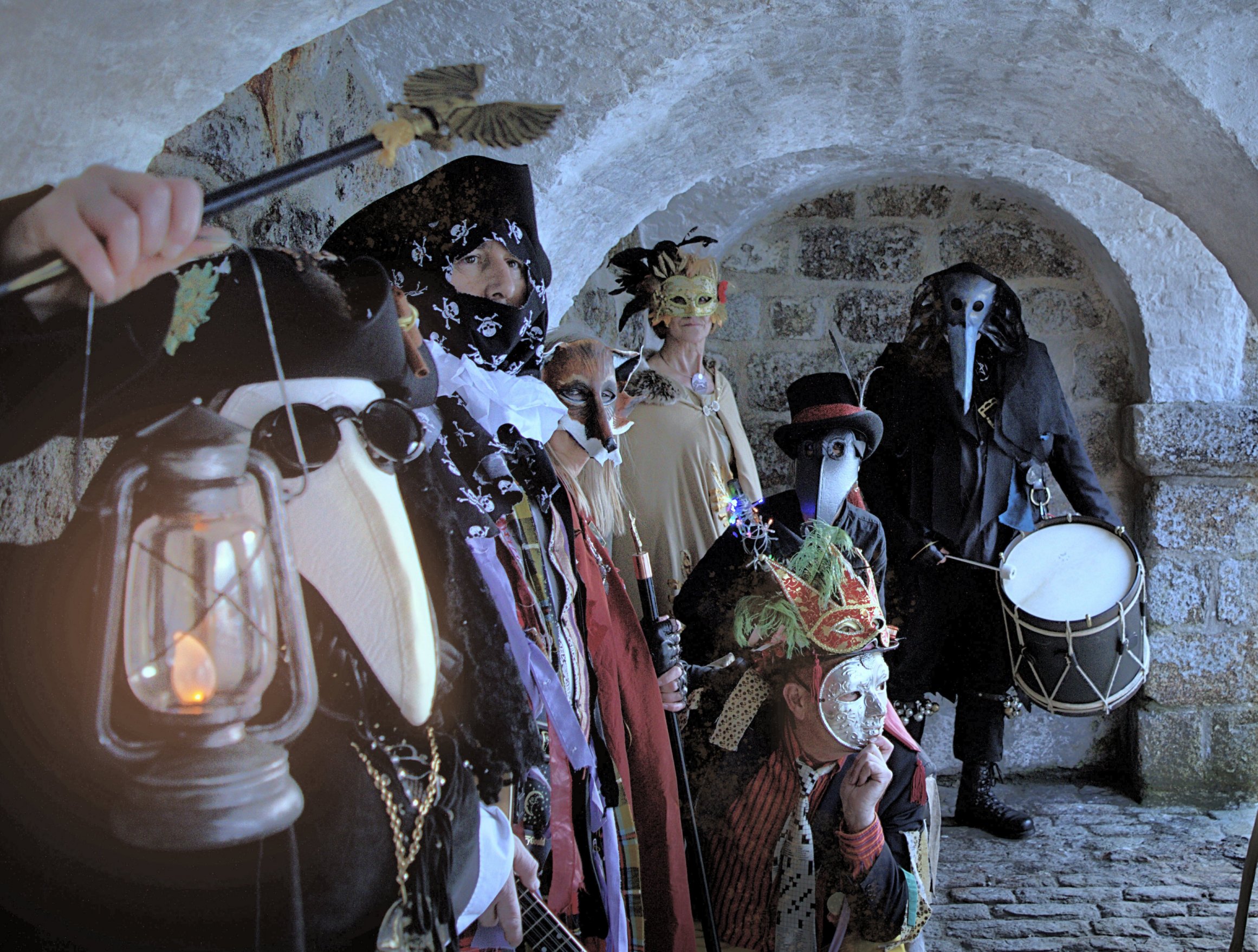
The Montol Festival, a celebration of a traditional Cornish Christmas, received crowdfunding plus match funding from the Heritage Lottery Fund
Collaborating with the crowds
Crowdfunding is a growing into a vital source of finance for the arts. In their first of two articles on crowdfunding in the arts, Peter Baeck and Sam Mitchell offer some tips on successful campaigning.
Over the past five years crowdfunding has grown into a vital source of finance for community groups, artists and creatives. In the US, Kickstarter famously helped raise more funds for the arts than the National Endowment for the Arts. In the UK crowdfunding for the arts has also grown rapidly, with models such as rewards-based crowdfunding – the model most popular with artists and creatives – facilitating £42m worth of donations in 2015, a growth of more than 60% from £26m in 2014.
Crowdfunding’s profile
A study by the Pew Research Centre sheds more light on the types of people that donate to crowdfunding projects in the US. Typically, donors have contributed to a small number of crowdfunding projects (five or fewer) and only a very small minority have contributed to over ten projects.
Only 21% of people that give to rewards-based crowdfunding campaigns would have given the money to other charitable causes
In the UK, crowdfunding is a popular method of giving for those aged between 18 and 35. Research by YouGov suggests that of 79% of young people who said they were likely to donate to charity, 50% of those aged 18 to 24 and 40% of those aged 25 to 34 preferred to give using a crowdfunding platform.
There is also a mix of different ‘types’ of funders giving to projects. For example, a rewards-based project may receive contributions from individuals, but also small businesses or corporate partners eager to see a project come to fruition.
Donations and rewards-based crowdfunding also present the opportunity to unlock ‘new’ money in terms of philanthropic giving. According to a Nesta report, only 21% of people that give to rewards-based crowdfunding campaigns would have given the money to other charitable causes. This raises the prospect of unlocking a large untapped resource for the arts and heritage activity.
Despite this though, there is a long way to go before crowdfunding can be seen as a major component of private giving in the arts. Arts Council England’s research on private investment in the arts shows that private individuals contributed£245m to the arts in 2014/15, with 77% of this funnelled to the 50 largest recipients of private giving. Collaborative platforms like Kickstarter or Crowdfunder give smaller organisations, individuals and regions that are typically under-served the opportunity to raise funds in a different way.
Successful campaigning
Here are six tips for a successful campaign.
- Choose the right platform: There are now hundreds of crowdfunding platforms available to fundraisers in the UK. Look for a platform that is most likely to attract the funders who are interested in supporting the type of project you want to get off the ground.
- Look out for match funding to boost your project: Many platforms will have a range of match funds from public funders, local authorities or corporate partners. These can make your campaign target easier to reach so shop around to see if you could be eligible for any of these funds.
- Your work starts before you launch: People are much more likely to back a campaign that looks like it will reach its target. Engage your network of supporters – family, friends and fans – in advance of the campaign’s launch and make sure they are the first to give. They may also be your best marketing resource, so encourage them to spread the word.
- Tell a story and be clear about your plan: Projects with a video are much more successful than those without, even if it doesn’t have professional production. Use a short video to explain your core concept and why you are passionate about it. Follow this with concise text which explains how you will spend the money.
- Reward your supporters: Financial rewards are an effective tool for engaging supporters and helping you to raise larger sums than through donation-based crowdfunding. You can use rewards to incentivise bigger individual donations by ensuring that you offer a range of increasingly attractive rewards from £5 to £5,000.
- Keep working hard, on and off the platform: Use social media to drive traffic to your campaign, and regularly update the campaign page with news, pictures or other updates. This will keep your audience engaged and demonstrate your commitment to the project.
Peter Baeck is Head of Collaborative Economy Research and Sam Mitchell is a Programme Manager in Digital Arts and Media at Nesta.
www.nesta.org.uk
Read Peter and Sam’s second article on crowdfunding in the arts: Matching the crowd
Join the Discussion
You must be logged in to post a comment.